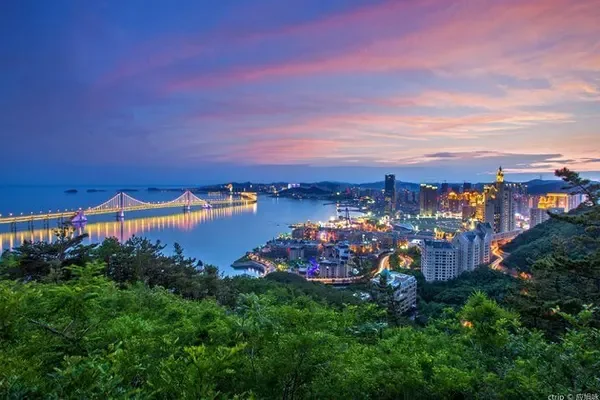introduce
Huayan Temple, located in the center of Datong, was first built in the eighth year of Liao Qingning (AD 1062), and has been rebuilt many times since then. In the Ming Dynasty, Huayan Temple was divided into upper and lower Huayan Temples. The upper Huayan Temple is centered on the Daxiong Hall, and the lower Huayan Temple is centered on the Bojia Temple. The two temples are adjacent to each other. The Lower Huayan Temple is located in the south of the Upper Huayan Temple. . After the founding of the People's Republic of China, the two temples were merged into one again, and there was a small gate connecting the two temples.
When visiting Huayan Temple, you can first visit the upper Huayan Temple in the north, and then enter the lower Huayan Temple in the south through the small gate of the temple. Both places can be visited along the central axis. It should be noted that the two central axes of Huayan Temple are different from the "north-south direction" of most temples in the Han area of the Central Plains. This is related to the beliefs and customs of the Khitan people in the Liao Kingdom who worship the sun and put the east first.

When you come to the Daxiong Hall of Shanghuayan Temple, you can see the foundation of the Liao Dynasty, the buildings of the Jin Dynasty, as well as the statues of the Ming Dynasty and the murals of the Qing Dynasty in the hall. Standing in front of the main hall and looking up, you can see the glazed owl kisses at both ends of the main ridge of the hall (one of the nine sons of the dragon in legend, who can spray water to put out fires), the owl kiss at the north end is a relic of the Jin Dynasty, and the owl kiss at the south end was prepared in the Ming Dynasty. Slightly different. The hall enshrines the five directions and five Buddhas of Tantric Buddhism in the Ming Dynasty, and there are 20 statues of gods on both sides. Among them, the "statues of the gods" are all leaning forward about 15 degrees. This is done to show the majesty and tolerance of the Dharma Protector King;
The Bhagat Tibetan Hall in Huayan Temple is the only surviving Liao Dynasty building in the temple, and the 31 Liao Dynasty statues in the hall are particularly precious. The postures and expressions of the Buddha statues are different. The dignified Buddha, the benevolent Bodhisattva, and the ferocious heavenly king all have their own characteristics. Among them, the most admirable one is the "Bodhisattva with closed palms and teeth". The Buddha statue stands on a lotus flower with beautiful lines. She smiles and reveals her inner joy. This kind of smiling Buddha statue is extremely rare.
In the Bhagavan Tibetan Hall, in addition to the exquisite statues of the Liao Dynasty, there is a double-layer pavilion-style scripture cabinet behind the statues in the hall, which is also a national treasure. There are 38 Buddhist scripture cabinets built along the walls around the hall. The upper floor is for Buddha statues and niches, and the lower floor is for the wall collection of scriptures. The railings surrounding the main hall have various patterns, all of which are hollowed out and carved exquisitely. Craftsmen also built a circular arch bridge between the scripture cabinets, and built "Tiangong Pavilion" on the bridge, which coincides with the legendary "Treasure of the Heavenly Palace" in Buddhism. After seeing it, the famous architect Mr. Liang Sicheng praised it as "a thousand-year national treasure, a supreme national treasure, and a rare national treasure".
Other buildings and statues in the temple are also very precious cultural relics. The entire Huayan Temple is a treasure of ancient Chinese architecture and Buddhist culture.
opening hours
April 1-October 31 08:30-18:00; November 1-March 31 next year 08:00-17:30; the first session 8:30-12:30 (3500 people) ; The second session 12:30-17:30 (4000 people)
